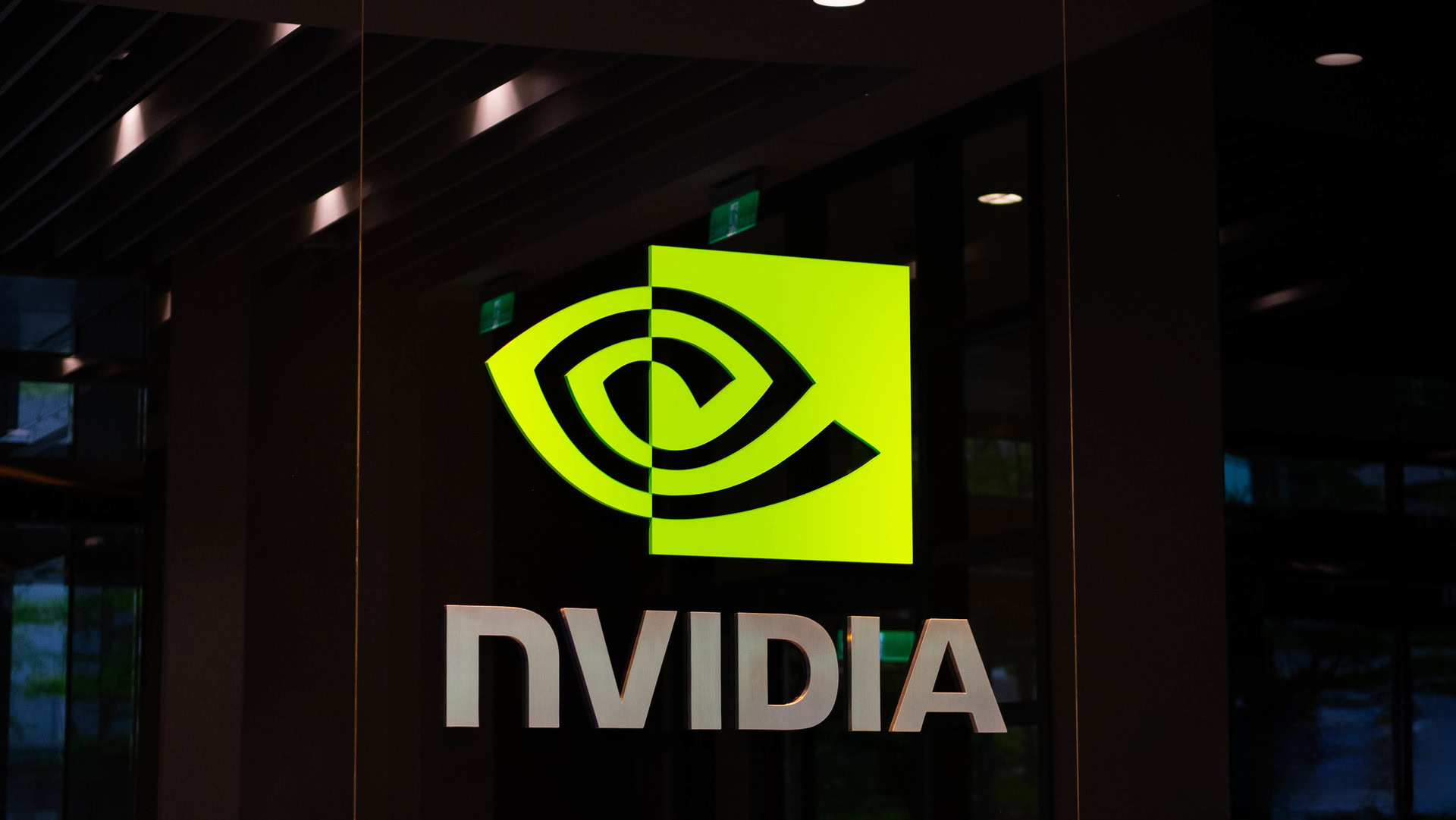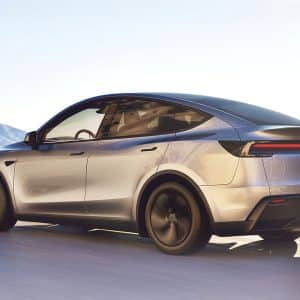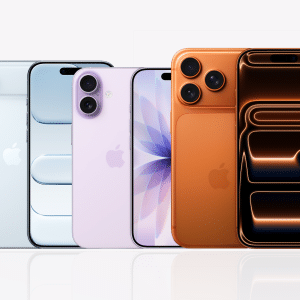Nvidia is making a bold new bet on the future of robotics, positioning artificial intelligence not just as a software tool but as the foundation of an entirely new robotic workforce. As AI adoption accelerates across industries, the chipmaker behind the world’s most powerful GPUs is now applying its computing expertise to train, simulate, and deploy autonomous machines capable of learning and working alongside humans.
CEO Jensen Huang outlined Nvidia’s vision during a recent developer presentation, describing robotics as “the next phase of AI,” where digital intelligence transitions from the virtual to the physical world. Through its Omniverse and Isaacplatforms, Nvidia plans to make the creation and training of robots as scalable as software development — a transformation that could redefine manufacturing, logistics, healthcare, and even household automation.
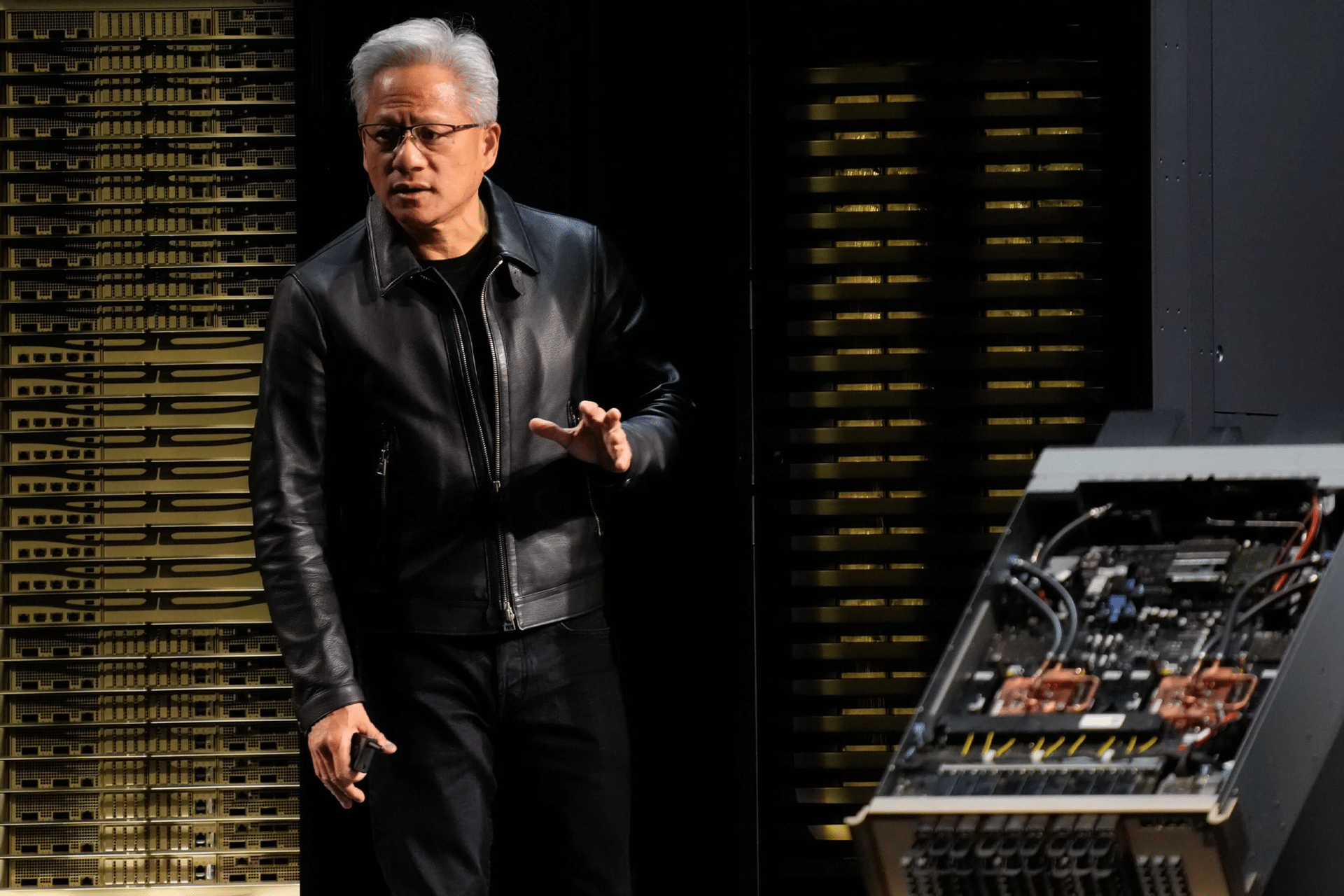
A Shift From Data Centers to Physical Intelligence
For more than a decade, Nvidia’s dominance in AI has centered on data centers and the GPUs that power large language models. Now, the company sees the next frontier in embodied AI — systems capable of perceiving their environments and taking physical action.
To achieve this, Nvidia is integrating its core GPU technologies with a suite of simulation and robotics tools. Its Omniverse platform — originally developed for 3D design collaboration — now functions as a virtual training ground for robots. Engineers can create digital twins of real-world factories, warehouses, or hospitals, where AI models learn to navigate, manipulate, and cooperate before deployment in the real world.
This simulation-first approach allows robots to train millions of times faster than they could through physical testing alone. By pairing Omniverse with its Isaac robotics platform, Nvidia provides developers with end-to-end tools to design robots, train their perception models, and test them safely in photorealistic environments.
According to Huang, the long-term goal is to enable “AI factories” — systems that produce autonomous robots as efficiently as carmakers produce vehicles. Each robot would be powered by Nvidia’s Jetson AI chips, capable of running advanced neural networks locally and communicating through Nvidia’s cloud infrastructure for large-scale coordination.
The Next Generation of Industrial Robots
At the center of Nvidia’s robotics ecosystem is Isaac Sim, a simulation environment built on Omniverse. It allows companies to train robots to perform precise tasks — from picking parts on assembly lines to handling complex logistics. Using synthetic data generated in Isaac Sim, developers can train robots to recognize thousands of objects, optimize grip strength, or adapt to variations in lighting and movement — challenges that often stall real-world automation projects.
This combination of simulated training and real-world transfer gives Nvidia a powerful advantage over traditional robotics approaches, which rely on costly and slow iterative testing. Once a robot’s model is trained in simulation, it can be deployed and updated via over-the-air learning, similar to how Tesla updates its autonomous driving software.
Nvidia’s chips, including its powerful Thor and Orin processors, are designed to run AI workloads efficiently within these robots. Whether embedded in factory arms, warehouse drones, or humanoid prototypes, these processors form the computational backbone for perception, planning, and motion control.
The company has already announced partnerships with major industrial players, including Siemens, Foxconn, and BYD, all of which plan to use Omniverse and Isaac tools to optimize production and develop smarter, more adaptive robotic systems.
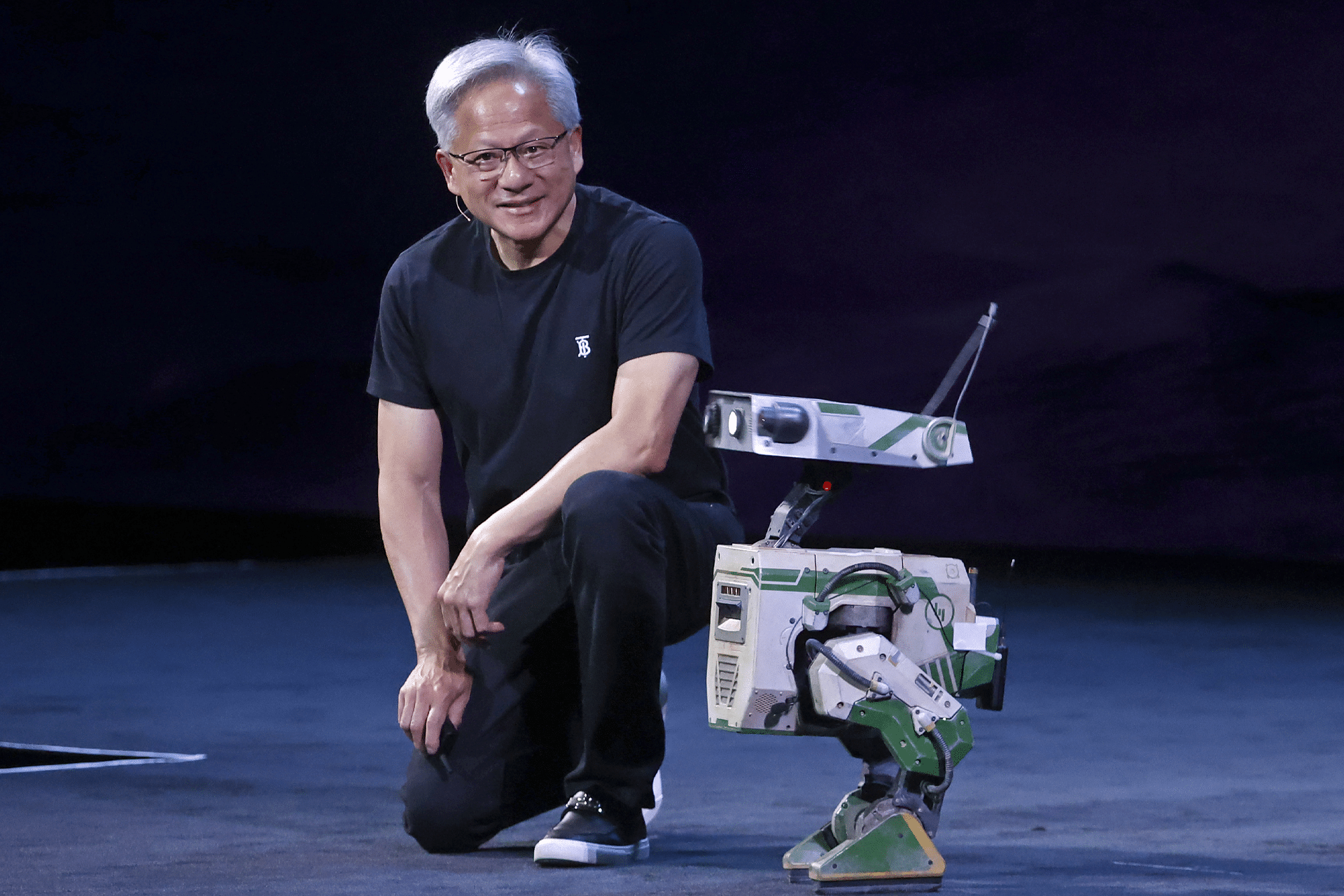
Humanoid Ambitions and the AI Workforce Vision
Nvidia’s robotics expansion coincides with a growing industry fascination with humanoid robots, as companies like Tesla (Optimus), Figure AI, and Agility Robotics compete to develop general-purpose machines that can perform human-like tasks. Nvidia provides the AI infrastructure and hardware acceleration that make these ambitions realistic, offering a unified development stack that can be customized for any robot form factor.
Huang describes these machines not as replacements for humans, but as “collaborative agents” capable of extending productivity and safety in industries that face labor shortages. “Every physical process in the world can be represented, trained, and automated,” he said, emphasizing that the combination of AI computing, simulation, and robotics could drive the next industrial revolution.
Beyond factories, Nvidia envisions robots working in healthcare, construction, and retail, performing physical tasks while connected to the same neural models that drive generative AI tools. These robots could eventually interpret spoken instructions, adapt to changing conditions, and work autonomously for long durations.
The company’s push into robotics complements its broader AI strategy. While Nvidia’s chips already dominate data center training workloads, embodied AI offers a new growth horizon — one that connects cloud computing with real-world automation. As Huang put it, “Every company will eventually become a robotics company,” suggesting Nvidia’s technology will underpin the global infrastructure of autonomous machines.
Financially, the shift also diversifies Nvidia’s portfolio. Data center sales currently account for the majority of its revenue, but the robotics division — encompassing simulation tools, developer kits, and embedded processors — represents a multi-billion-dollar opportunity that aligns with rising global investment in industrial automation.
Analysts view Nvidia’s leadership in both hardware and software as uniquely suited to capturing the robotics market, which demands ultra-efficient processing and seamless integration between AI models and physical systems. “No other company controls as much of the AI stack — from simulation to chips to deployment,” one market researcher noted.
AI-Driven Robotics
While the concept of a “robotic workforce” still faces technical and ethical challenges, Nvidia’s vision reflects a practical path toward realization. The company’s focus on simulation-based learning and modular hardware lowers the barrier for industries to adopt robotics at scale.
By combining digital twins, edge computing, and AI reasoning, Nvidia is effectively building the tools for robots to learn faster, act smarter, and collaborate more naturally with humans. In doing so, it may redefine what productivity means in the age of artificial intelligence.
As Huang summarized, “The world’s next billion workers won’t be human — they’ll be AI-driven robots built and trained in Nvidia’s Omniverse.”
If that prediction proves accurate, the line between the digital and physical labor force may soon blur entirely, powered by the same silicon that once fueled gaming graphics — and now fuels the next industrial revolution.


